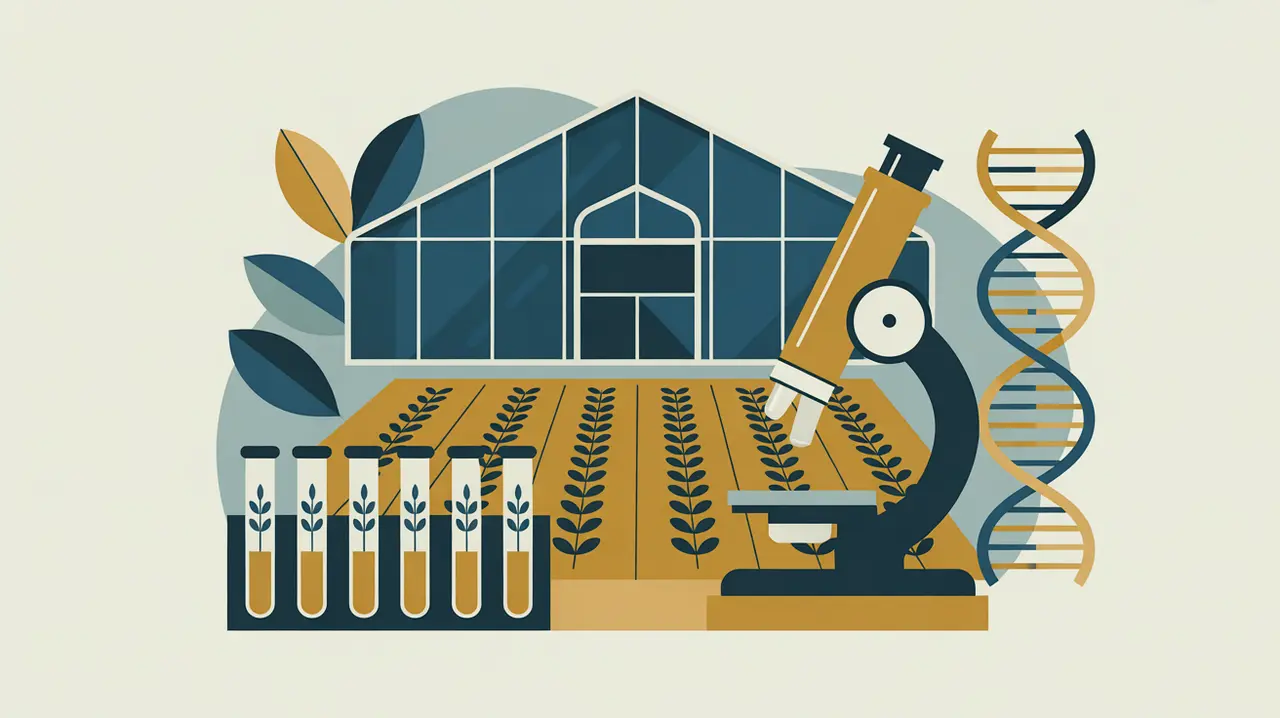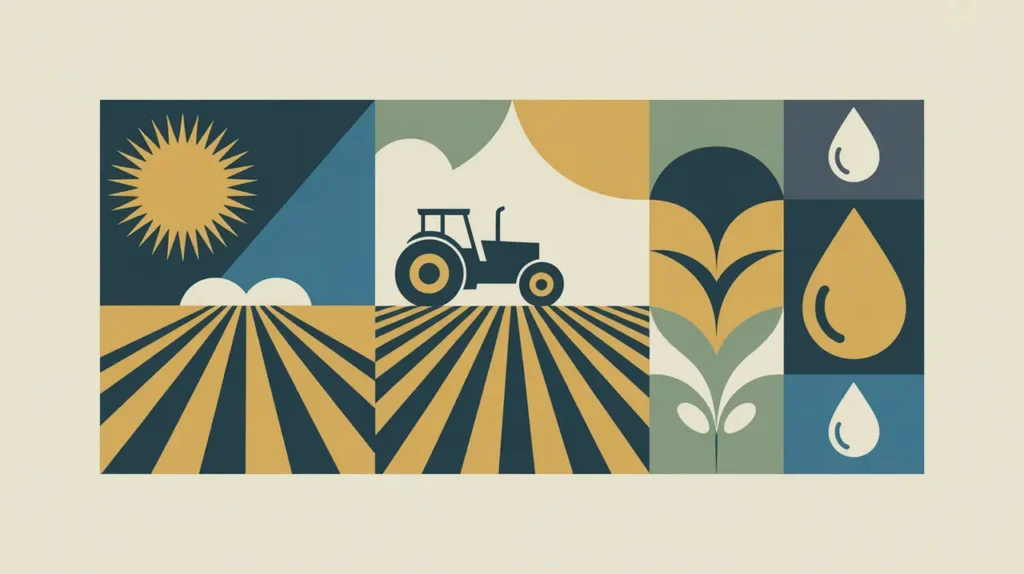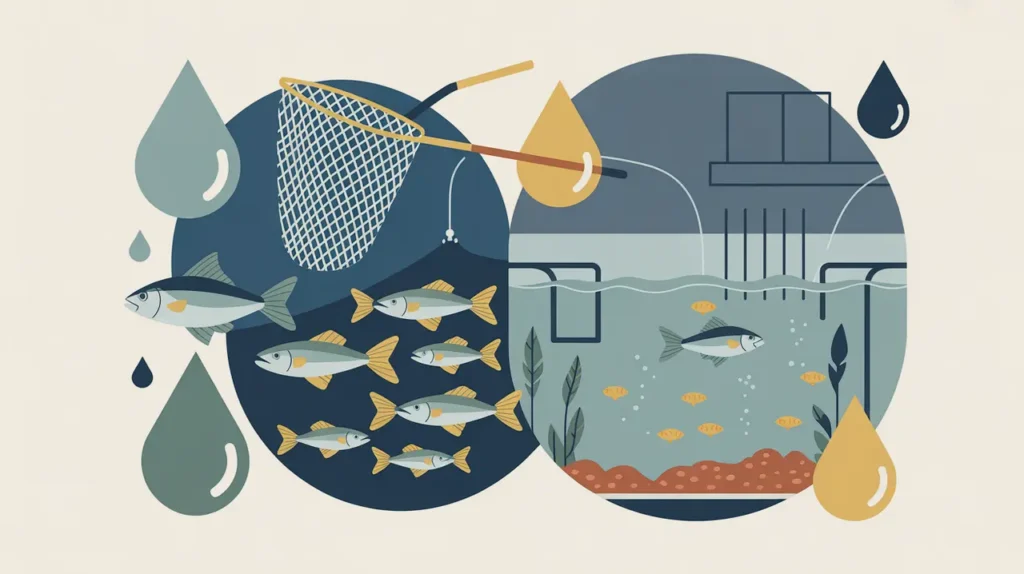Importance of Agricultural Research and Development
Agricultural R&D is a cornerstone of food security, rural livelihoods, and climate resilience. In international development, where agriculture remains the primary source of income for billions, investments in research shape productivity, sustainability, and equity. For nonprofits and social innovators, agricultural R&D is critical because it determines the tools, seeds, and practices available to farmers, especially smallholders who form the backbone of food systems in low- and middle-income countries. As climate change accelerates, R&D also becomes central to adaptation strategies and to safeguarding global nutrition.
Definition and Features
Agricultural research and development refers to the systematic study, innovation, and application of new knowledge, technologies, and practices to improve agricultural production and resilience. Key features include:
- Seed and Crop Innovation: developing high-yield, drought-resistant, or pest-resistant varieties.
- Sustainable Practices: promoting agroecology, soil health, and water management.
- Technological Integration: applying biotechnology, digital tools, and mechanization.
- Knowledge Transfer: ensuring research outputs are accessible to farmers, extension services, and local communities.
How this Works in Practice
In practice, agricultural R&D often involves collaboration among universities, research institutes, governments, and nonprofits. For example, the development of drought-resistant maize varieties by international research centers like CIMMYT and IITA has been scaled across African countries through partnerships with NGOs and farmer cooperatives. Nonprofits play a key role in bridging research outputs with community adoption, using extension services, demonstration farms, and digital advisory platforms. However, gaps remain where R&D is driven by global priorities rather than proximate needs, resulting in solutions that may not fit local ecologies or cultural practices.
Implications for Social Innovation
Agricultural R&D holds significant implications for social innovation. By investing in context-specific solutions, it enables smallholders to increase productivity without sacrificing sustainability. It can also open pathways for women and youth in agriculture through access to improved inputs and digital advisory services. Yet innovation in this field also carries risks: genetically modified organisms, patents on seeds, and unequal access to new technologies can exacerbate inequalities. For proximate actors, the challenge is to shape R&D agendas so they reflect local priorities, protect biodiversity, and strengthen resilience. In doing so, agricultural research becomes a driver of equity and social transformation.







